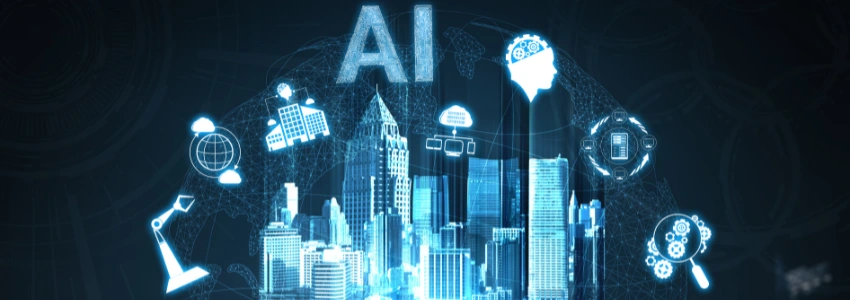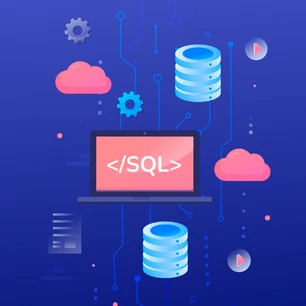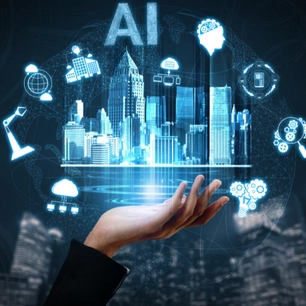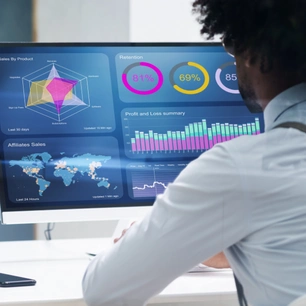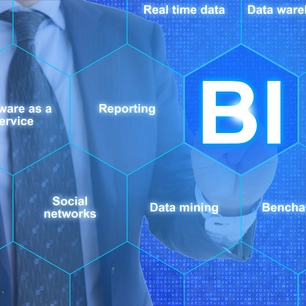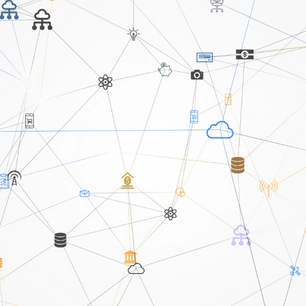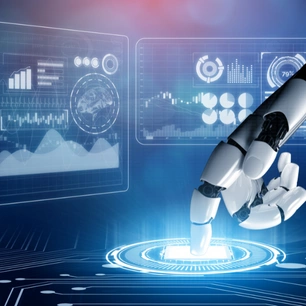AI applications in retail are diverse. They range from self-driving cars to energy efficiency to predictive maintenance. With AI, retail stores can become fault-proof. They can even use AI to assist customers when they are shopping. The possibilities are endless, and AI is the key to the future of retail.
Self-driving cars
Self-driving cars utilize AI to plan routes and make decisions. These vehicles collect and process vast amounts of information, which includes images captured by cameras. The AI system then uses this information to create maps of the environment. Once they have a map of the environment, they can then use this information to make decisions.
Waymo's self-driving vehicles are currently available in the metro Phoenix area. However, the company is looking to expand to other areas, such as California and Florida. In addition, the company has developed an autonomous technology called nuTonomy. This software enables driverless vehicles to handle situations with human-like agility. Its ultimate goal is to have fleets of self-driving cars wherever people need them.
In addition to mapping the environment, AI programs in self-driving cars can also analyze images and detect obstacles. The car has many sensors, including a rooftop-mounted Lidar sensor that scans a 60-meter area around the car. Another sensor on the left back wheel detects sideways movement, while radar systems on the front and rear bumpers calculate distances to potential obstacles. The AI software in the car can also gather data from Google Street View to learn about the environment. It can also simulate human decision-making processes, which it uses to control the car's control systems.
Predictive maintenance
Predictive maintenance algorithms can accurately predict breakdowns, saving engineers' and analysts' time. The algorithms allow engineers to focus on more creative work while computers do mind-numbing calculations and data analysis. With IoT, machine learning can also keep track of equipment's status in real-time.
Many industries have begun using IoT and AI to improve the efficiency of production processes. Predictive maintenance can provide information to operators and managers to predict the frequency and duration of repairs, reducing downtime and increasing production throughput. However, there are many challenges to implementing predictive maintenance.
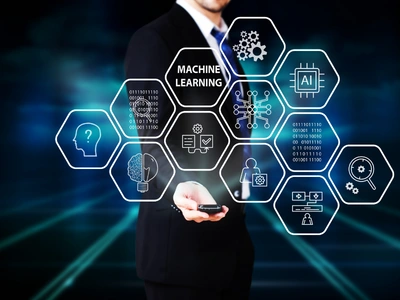
When implemented correctly, AI can help identify machines' lifespan and the appropriate time to replace mechanical parts. It can also connect with a company's contact centre operation to provide proactive assistance to customers. This can benefit both the customer and the company.
Energy efficiency
In order to improve energy efficiency and lower operational costs, IoT solutions must have analytics capabilities. These tools analyze data from IoT devices and use machine learning algorithms to optimize energy usage. These platforms also can identify anomalies and predict energy consumption spikes. With this data, facilities managers can make energy-saving decisions before they even happen.
One example is how AI can track energy usage at home. This technology can identify the most energy-consuming appliances and suggest improvements that will cut down on their energy consumption. For example, a Wi-Fi-enabled LED light can be programmed to turn on and off at specific times.
AI is a growing trend in most industries, including the energy sector. With sensors and devices connected to a network, AI can predict and prevent equipment failure. The technology can also be used in demand response, where buildings respond to peak energy usage by reducing overall electricity use.
Smart home technology
AI in smart home technology uses machine learning algorithms to automate many household tasks. These algorithms are trained with data collected from connected devices in a home. Then, the systems use this data to learn from that data and perform tasks without human intervention. For instance, smart thermostats like the Nest Thermostat can learn from the behaviour of the person living in the home and adjust temperature and other settings according to the person's preferences.
AI has a variety of applications for smart homes, from controlling home security systems to notifying the user of issues with certain devices. These applications can be locally installed or can be controlled using cloud-based intelligence. Ultimately, the applications can help make life easier and more convenient. In addition, AI has the potential to make daily tasks more efficient.
With the increasing use of innovative home technology, devices are becoming more interconnected. For example, multiple Google Home speakers can be outfitted in a home to act as a group. Another technology, the Philips Hue lighting system, can control lights throughout a home and even follow a routine. Other devices like a Philips Hue lighting system can add items to your shopping list.
